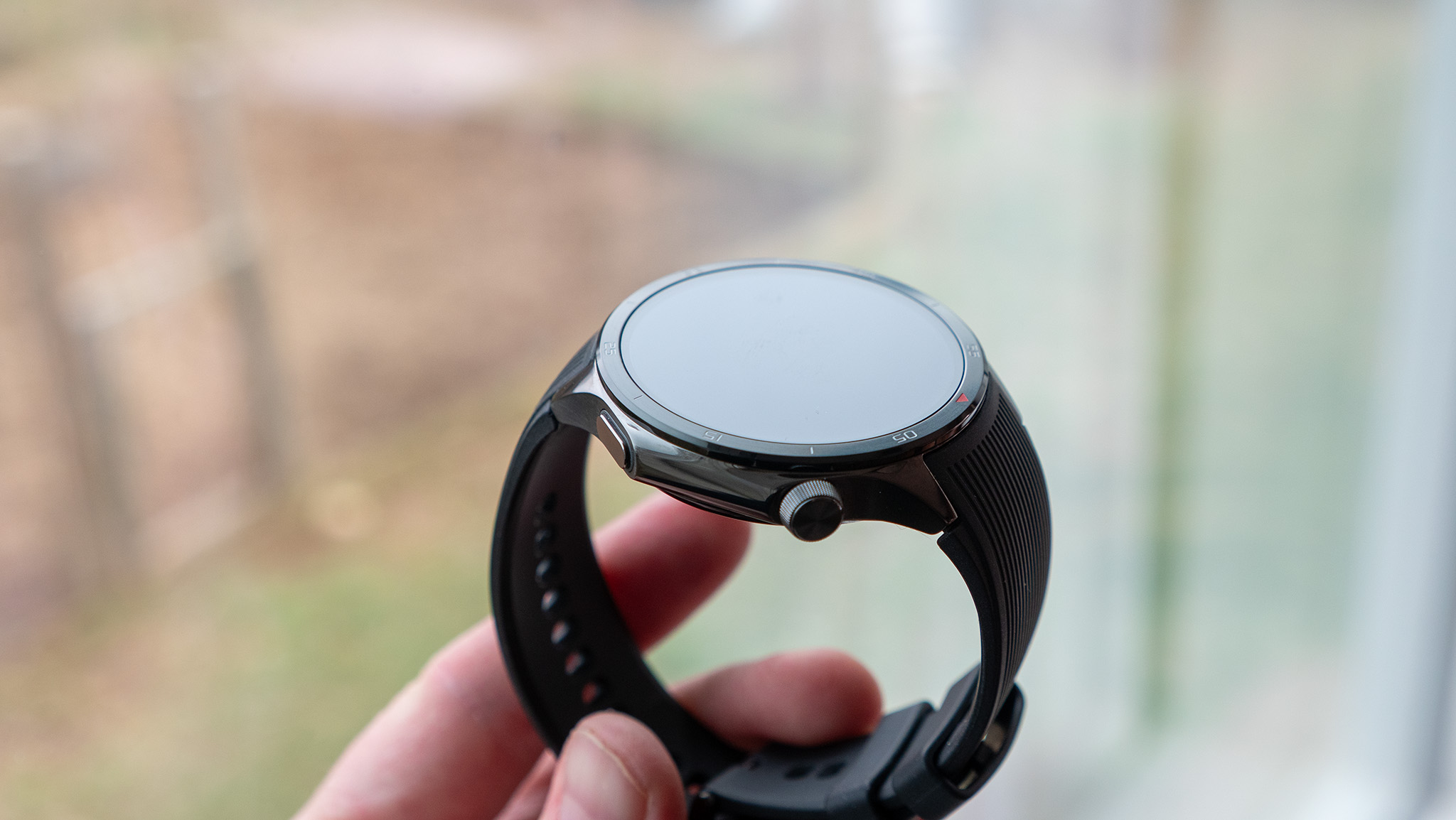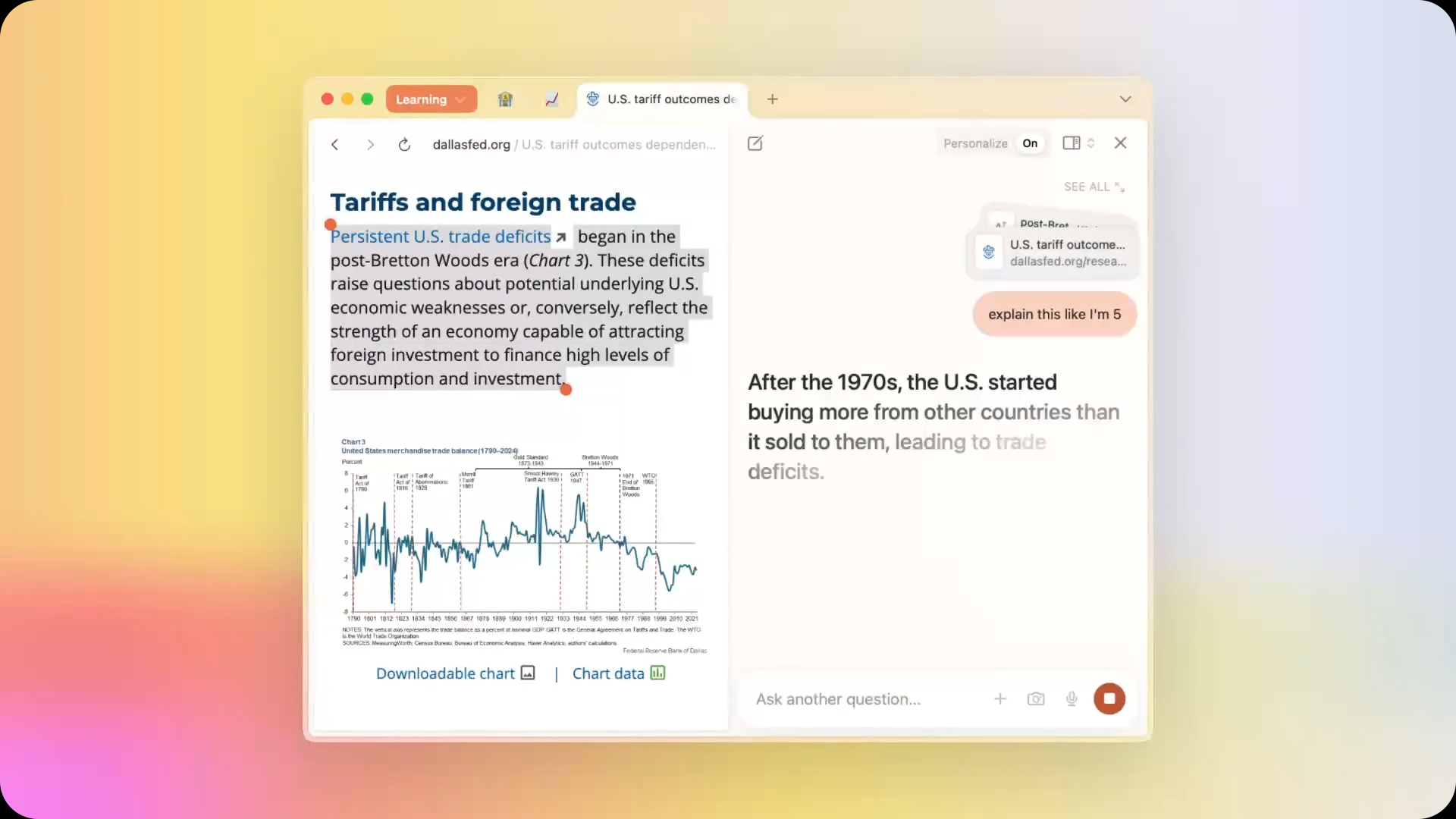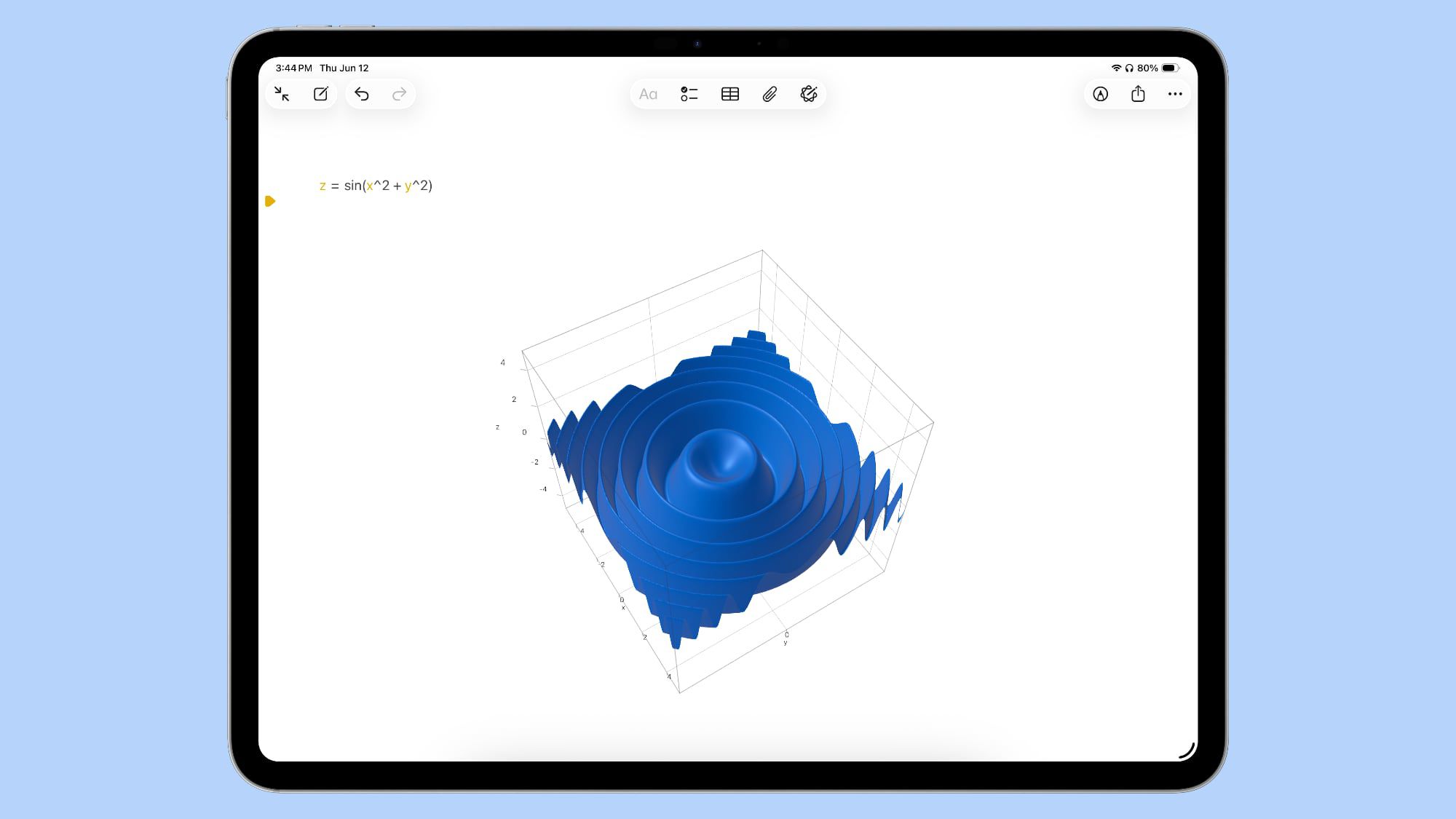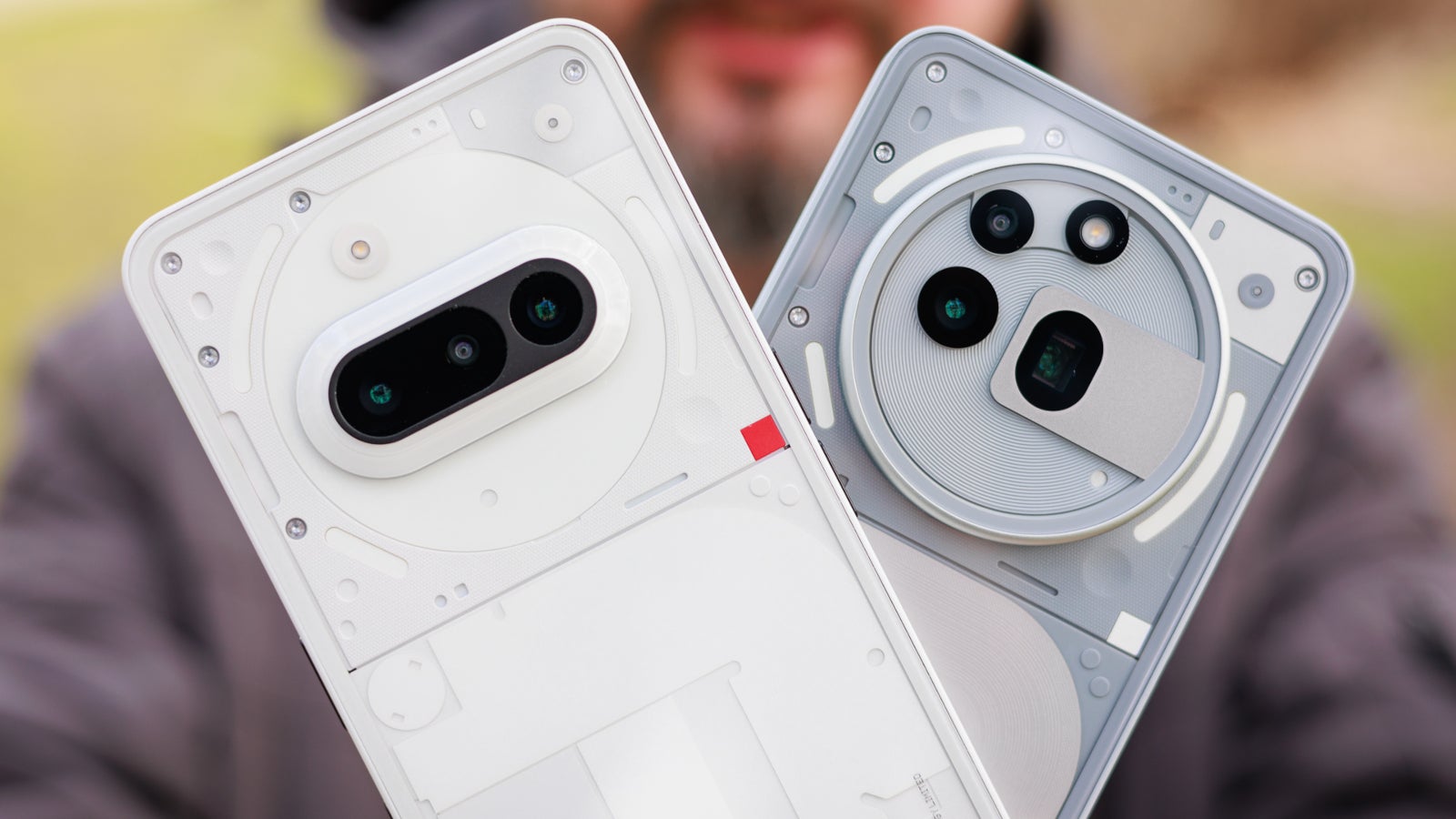Humanity Takes Its First Look At the Sun's Poles
The European Space Agency's Solar Orbiter has captured the first-ever images of the sun's poles by tilting its orbit out of the ecliptic plane. Space.com reports: The captured images of the solar south pole were taken between March 16 and 17, 2025, with the Solar Orbiter's Polarimetric and Helioseismic Imager (PHI), Extreme Ultraviolet Imager (EUI), and Spectral Imaging of the Coronal Environment (SPICE) instruments. They constitute humanity's first ever look at the sun's poles. This was the Solar Orbiter mission's first high-angle observation campaign of the sun, conducted at an angle of 15 degrees below the solar equator. Just a few days after snapping these images, the ESA spacecraft reached a maximum viewing angle of 17 degrees, which it sits in currently as it performs its first "pole-to-pole" orbit of our star. [...] One of the first discoveries made by the Solar Orbiter is the fact that the magnetic fields around the sun's southern poles appear to be, for lack of a better phrase, a complete mess. While standard magnetic fields have well-defined north and south poles, these new observations reveal that north and south polarities are both found at the sun's southern pole. This seems to happen at solar maximum when the poles of the sun are about to flip. Following this exchange of poles, the fields at the north and south poles will maintain an orderly single polarity during solar minimum until solar maximum during the next 11-year cycle. The Solar Orbiter observations also revealed that while the equator of the sun, where the most sunspots appear, possesses the strongest magnetic fields, those at the poles of our star have a complex and ever-changing structure. The Solar Orbiter's SPICE instrument provided another first for the ESA spacecraft, allowing scientists to track elements via their unique emissions as they move through the sun. Tracing the specific spectral lines of elements like hydrogen, carbon, oxygen, neon, and magnesium, a process called "Doppler measurement," revealed how materials flow through different layers of the sun. The Solar Orbiter also allowed scientists to measure the speed of carbon atoms as they are ejected from the sun in plumes and jets. "This is just the first step of Solar Orbiter's 'stairway to heaven.' In the coming years, the spacecraft will climb further out of the ecliptic plane for ever better views of the sun's polar regions," ESA's Solar Orbiter project scientist Daniel Muller said. "These data will transform our understanding of the sun's magnetic field, the solar wind, and solar activity." Read more of this story at Slashdot.

Read more of this story at Slashdot.

















































































































































![Top Features of Vision-Based Workplace Safety Tools [2025]](https://static.wixstatic.com/media/379e66_7e75a4bcefe14e4fbc100abdff83bed3~mv2.jpg/v1/fit/w_1000,h_884,al_c,q_80/file.png?#)































![[The AI Show Episode 152]: ChatGPT Connectors, AI-Human Relationships, New AI Job Data, OpenAI Court-Ordered to Keep ChatGPT Logs & WPP’s Large Marketing Model](https://www.marketingaiinstitute.com/hubfs/ep%20152%20cover.png)






















































































































![[DEALS] Microsoft Visual Studio Professional 2022 + The Premium Learn to Code Certification Bundle (97% off) & Other Deals Up To 98% Off](https://www.javacodegeeks.com/wp-content/uploads/2012/12/jcg-logo.jpg)







































































































































































































































![PSA: Widespread internet outage affects Spotify, Google, Discord, Cloudflare, more [U: Fixed]](https://i0.wp.com/9to5mac.com/wp-content/uploads/sites/6/2024/07/iCloud-Private-Relay-outage-resolved.jpg?resize=1200%2C628&quality=82&strip=all&ssl=1)





















![Apple Shares Teaser Trailer for 'The Lost Bus' Starring Matthew McConaughey [Video]](https://www.iclarified.com/images/news/97582/97582/97582-640.jpg)

































































